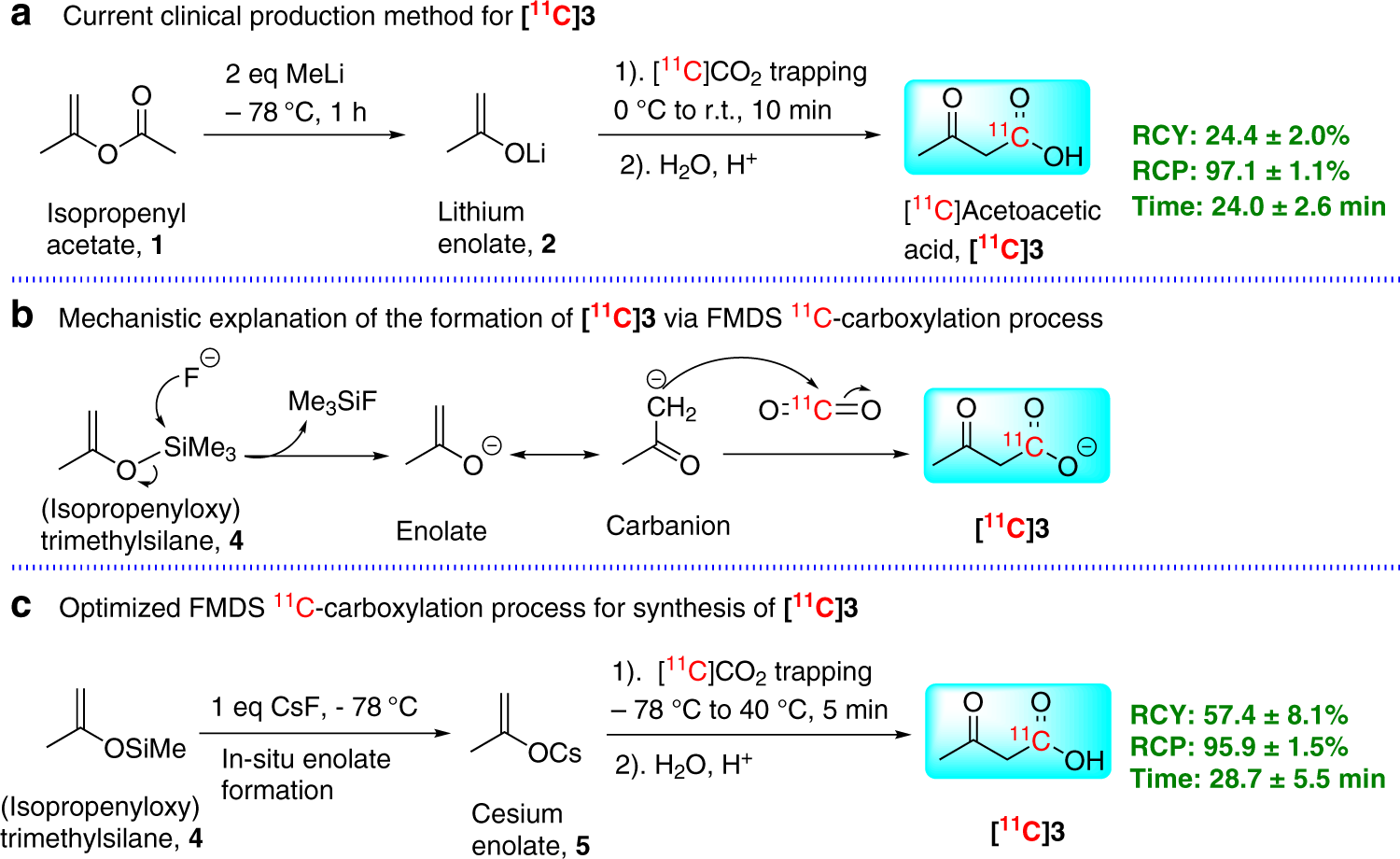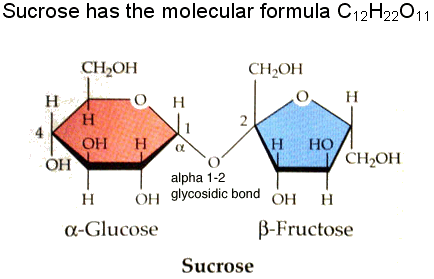

In life - in your blood and inside cells of plants and animals - most of the glucose consists of molecules shaped into a ring (actually a 6-sided figure, a hexagon) which may be drawn with this fairly simple format: In some books you may see diagrams of the glucose molecule looking like this: This so-called stick diagram really only describes how things are in dry (powder) glucose. You may wish to know in some detail how these 24 atoms are arranged in the molecule of glucose - the structural formula. Its chemical formula is C 6H 12O 6, and this empirical formula is shared by other sugars - called hexoses - 6 carbon sugars. It is also known as blood sugar, and dextrose. Glucose is an example of a carbohydrate which is commonly encountered. Review.To the right of this page I have put a number of links to other files on this website showing 3-D molecules of carbohydrates, which offer the opportunity to see and interact with these molecular models in 3 dimensions.Īt the bottom of the page there are also links to related topics at this level on the BioTopics website

Intestinal absorption in health andĭisease-sugars. Biology of human sodium glucose transporters.

Active sugar transport in health and disease. Saadah OI, Alghamdi SA, Sindi HH, Alhunaitti H, Bin-Taleb YY, Alhussaini BH.Ĭongenital glucose-galactose malabsorption: a descriptive study of clinicalĬharacteristics and outcome from Western Saudi Arabia.Missense mutations in SGLT1 cause glucose-galactose malabsorption by traffickingĭefects. Lam JT, Martín MG, Turk E, Hirayama BA, Bosshard NU, Steinmann B, Wright EM.
Are glucose molecules loms or soms free#
Citation on PubMed or Free article on PubMed Central Physiology of renal glucose handling via SGLT1, SLC5A1 Mutations in SaudiĪrabian Patients With Congenital Glucose-Galactose Malabsorption. Al-Suyufi Y, ALSaleem K, Al-Mehaidib A, Banemai M, Aldekhail WM, Al-MuhandesĪ, Mohammed M, Allam R, Jambi A, Ramzan K, Imtiaz F.

The SGLT1 protein in kidney cells cannot transport glucose however, other proteins in the kidneys are able to absorb enough glucose into the bloodstream, so that glucosuria is mild, if present at all, in people with glucose-galactose malabsorption. In addition, water that normally would have been transported with the sugars remains in the intestinal tract, resulting in dehydration of the body's tissues and severe diarrhea. As a result, glucose and galactose are not absorbed by intestinal epithelial cells but instead accumulate in the intestinal tract. SLC5A1 gene mutations impair or eliminate the function of the SGLT1 protein. The SGLT1 protein transports glucose into specialized kidney cells, ensuring that the sugar goes back into the bloodstream and is not released into the urine. They also reabsorb needed nutrients and release them back into the blood. The kidneys filter waste products from the blood and eliminate them in urine. The SGLT1 protein in kidney cells plays a role in maintaining normal blood glucose levels. During the digestion of food, the protein transports the sugars into the cells that line the wall of the intestine (intestinal epithelial cells) as food passes through. In the intestinal tract, the SGLT1 protein helps the body absorb glucose and galactose from the diet so the body can use them. Glucose and galactose are simple sugars they are present in many foods, or they can be obtained from the breakdown of lactose or other sugars and carbohydrates in the diet during digestion. Sodium and water are transported across the cell membrane along with the sugars in this process. It spans the membrane of cells in these body systems and moves (transports) glucose and galactose from outside the cell to inside the cell. This protein is found mainly in the intestinal tract and the kidneys. The SLC5A1 gene provides instructions for producing a protein called sodium/glucose cotransporter protein 1 (SGLT1). Mutations in the SLC5A1 gene cause glucose-galactose malabsorption.


 0 kommentar(er)
0 kommentar(er)
